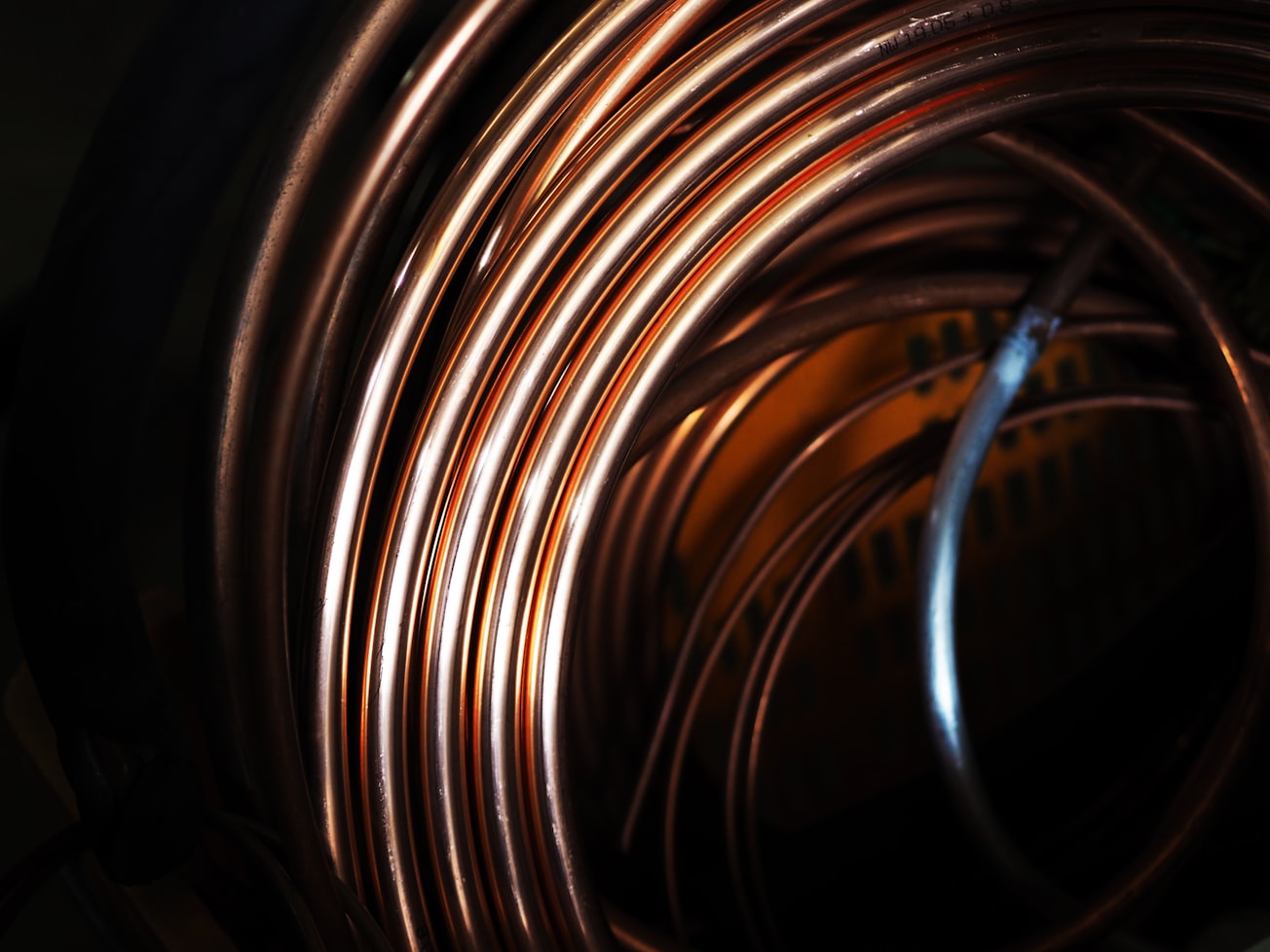What is it about?
This study investigates the effect of water flow rate on copper alloy corrosion by using a hydrodynamic corrosion test in operating conditions of water flow rate range between 0.05 and 3.5 m/s, the temperature range between 20 and 45 °C. Dissolved oxygen concentration was in the range of 6.1 and 9.2 mg/l. The effects of water properties density, viscosity, and the tube geometric dimensions were also considered. The corrosion rate is determined by the weight loss calculation method and the microstructures of the tested samples characterized using FESEM.
Featured Image

Photo by Ra Dragon on Unsplash
Why is it important?
The corrosion resistance of copper alloys in flowing water environments is affected by many water characterizations like temperature, acidity, dissolved gases concentration, and fluid flowing water velocity. Among these factors, the relationship between the copper alloy corrosion rate and flowing velocity has not been studied in detail. Therefore, this study investigates the effects of fluid flowing velocity on copper alloy corrosion resistance at different temperatures and dissolved oxygen concentrations.
Perspectives
This study can give a new overview of the copper corrosion in flowing water mainly, this study investigates the effect of water flowing velocity on copper alloy corrosion in boiler feed water system. Therefore, the scope of work was considered according to the actual operating conditions variables of the boiler feed water system. The variables include: water flowing velocity, temperature, and dissolved oxygen concentration. The experiments were carried out at water-flowing velocities between0.05 and 3.5 m/s.
Dr. Mahmood Hameed Mahmood
International Islamic University Malaysia
Read the Original
This page is a summary of: The Effects of Water Flow Rate on Copper Corrosion, Key Engineering Materials, August 2017, Trans Tech Publications,
DOI: 10.4028/www.scientific.net/kem.748.235.
You can read the full text:
Resources
The Effects of Water Flow Rate on Copper Corrosion
This study investigates the effect of water flowrate on the copper alloy corrosion by using a hydrodynamic corrosion test in operating conditions of water flow rate range between 0.05 and 3.5 m/s, the temperature range between 20 and 45 °C.
The Effects of Water Flow Rate on Copper Corrosion
researchgate.net
Contributors
The following have contributed to this page







